Grumman F6F Hellcat. H. 1
“... I abruptly threw the plane into the left-wing coup. Diving, I tried to gain as much speed as possible and at the same time tried to get away from this area, hoping that they still did not notice me. But I was not lucky. Their system collapsed, and they rushed after me in a spiral. What to do? The situation was critical. Although ... there was one opportunity to escape. I was already almost over Iwo Jim, and if I had managed to hold out for some time, the lack of fuel would have caused the enemy to withdraw from the battle.
I was struck by the speed of these aircraft - after a few seconds they were on the tail of my aircraft. Leaving was useless! I made a half-loop and immediately went on a steep turn. To my amazement, their leader repeated my maneuver. I continued to turn, minimizing the radius of rotation. Despite this, the enemy “hung” on my tail, as if tied. It surprised me unpleasantly. Such a maneuver would mean suicide for both the P-39 and the P-40. At the turn, even the Wildcat was inferior to my Zero. This new Hellcat proved to be the most maneuverable of all the enemy aircraft I had to deal with. In the blink of an eye, I ended up in a "carousel" of 15 Hellcat. (From the memoirs of Saburo Sakai, one of the best aces of the Japanese imperial fleet.)
The famous Japanese fighter pilot managed to get out alive from this alteration only because of the inexperience of the American pilots who met him then. However, it was obvious that the Zero had ceased to be the number one fighter in the Pacific theater of operations.
Since the German troops attacked Poland, the American military command has closely followed the course of events in Europe. The headquarters did not doubt that sooner or later America would have to get the “ax of war”. The favorable geopolitical position of the country, separated from the rest of the world by two great oceans, made it possible to leisurely assess the situation and determine for itself the most "promising" enemy. The choice was not rich: Germany or Japan. The wails of the European allies tipped the balance in favor of the war with Hitler. The Japanese were not considered as a serious adversary, although their growing territorial claims irritated the military and political circles of America and threatened to drag the country into large-scale military actions. Soothed the vast Pacific Ocean, securely covering the eastern frontiers of the United States.
Kick japanese aviation Pearl Harbor December 7, 1941 in response to the oil blockade caused a real shock, both among the military and the population of America. The ensuing rapid seizure by the Japanese of vital islands in the vast waters of the Pacific Ocean turned into a real nightmare for the command of the US Navy, which showed complete disorganization in the face of decisive attacks by the Mikado aircraft carrier forces. To the great surprise of the Americans, the Japanese Navy aviation was perfectly prepared for a war at sea, and their fighters, among which the magnificent A6M Zero stood out, simply dominated the air. American naval fighter aircraft, represented by the outdated Brewster Buffalo, the very mediocre Curtiss R-40 Tomahawk and R-40 Kittyhawk, as well as the clumsy Grumman F4F Wildcat, were losing an air war over the sea.
In general, compared with the "Zero" "Wildcat" had the worst characteristics. In air battles, the Japanese pilots demonstrated a significant advantage (especially over the first Wildcat models), since the Zero had better maneuverability, a climb rate and a higher horizontal flight speed. According to the figurative expression of the Japanese admiral Nagumo, "Wildcat" was obese like an old sumo wrestler. "
We must pay tribute to the naval aviation command: it turned out to be very far-sighted, and in February 1938 issued an order to several aircraft building companies for the creation of a modern single-seater carrier-based fighter, which was to give a decisive rebuff to the unbridled desire of the Japanese to dominate the sky of the Pacific Ocean. “Bell” with its project “Eyrabonita” and “Grumman” with “Skyrocket” quickly disappeared from the distance. Only Chance Vout safely reached the finish line and received a contract for the prototype production of the XF4U Corsair.
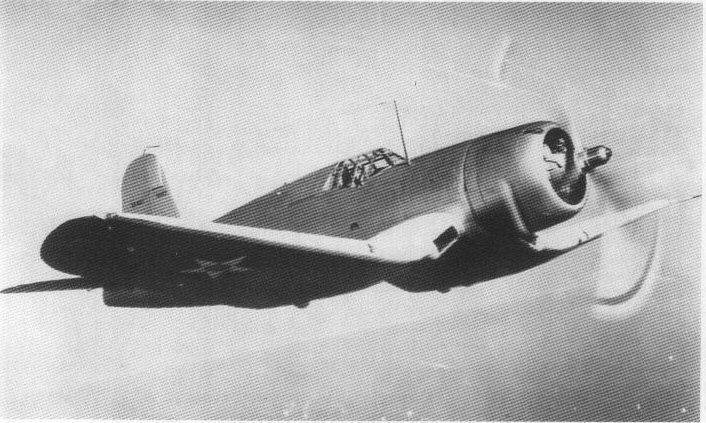
In the middle of 1940, the company began to test the aircraft, which showed great promise. The new project "Chance Vout" contained many innovative design solutions, including the experienced Pratt-Whitney engine R-2800 "Double Wasp" with a capacity of 2000 l. with. All this together led to a long cycle of finishing and military trials. When the Corsair was ready for combat use, it turned out that its small vertical landing speed, due to the effect of the airbag created by the low-lying wing, was too complicated for a pilot of average skill. Even if the pilot managed to deliver him to the deck of an aircraft carrier, a safe landing was not yet guaranteed. Like a kicking mule, the Corsair jumped over all the brake cables, and most often preferred to fly over them immediately. The accident rate was so great that the command of the fleet was initially forced to use these planes only from ground airfields in the marine units. The well-founded fears were brewing that the new aircraft would not be commissioned within the time limits specified in the contract.
In a difficult situation of growing tension in relations with Japan, conscious of the weakness of its carrier-based aviation, the American command made a very sensible decision: to fundamentally refine the then-best American carrier-based fighter Wildcat, equipping it with a powerful and heavy Wright R-2600 engine. It should be noted here that as part of the G-33 project, the designers of the company began to work out the first options for modernizing Wildcat as early as February of 1938, and in March of the same year, the first estimations of an enlarged version of this aircraft appeared. The new project received the designation G-35. These works, carried out under the direction of William Schwendler and Richard Hutton, showed that replacing the engine would not yield the expected results because of its large weight and dimensions, leading to a sharp increase in the mid-section of the head part of the fuselage. 35-percent increase in engine power required the installation of a propeller of a larger diameter, and hence the processing of the chassis design.
The general manager of the company, Leon Svirbul, flew to the Pacific Ocean to meet with the pilots of the aircraft carriers Hornet, Enterprise and Yorktown, who flew Wildcat fighter jets. At the same time, the design office of the company summarized the extensive material accumulated in the framework of the implementation of G-4 and G-33 projects.
The obtained important practical information formed the basis for deciding on the fate of Wildcat modernization. The head of the design team, William Schwendler, being a staunch supporter of the creation of a new fighter, suggested, in order to save time, to develop the aircraft based on the Wildcat design. After hearing the report of Svirbul and the proposal of Schwendler, the head of the company Leroy Grumman realized that simply replacing the engine with F4F will not give much and is a half-measure. Despite the fact that the Navy’s leadership considered this project an interim solution to level the situation (before putting the Corsair into operation) in the confrontation with the Zero, LeRoy Grumman managed to convince the sailors to create an entirely new aircraft with long range, strong armament and good booking.
Soon, a full-scale mock-up of the aircraft was produced, which the 12 of January 1941 was adopted by the military. The Commission recommended some changes, in particular, to increase the length of the aircraft and the area of the wing. As a result, the new machine was the largest of all existing deck fighters. The scheme and folding mechanism of the wing were well developed on the Wildkete, as well as on the Ewenger torpedo bomber developed by the company, which ensured their reliable operation on the new fighter. The task of cleaning the chassis was solved by acquiring a patent from the company "Boeing". Racks of the chassis with pneumatic high-pressure fastened to the front spar in the center section of the wing and retracted with a simultaneous turn on the 900.
15 January 1941 was approved the final appearance of the aircraft, and at the end of February the technical conditions and description of the aircraft were transferred to the approval of the Navy command. At the same time, for complete credibility, a model aircraft was blown through a wind tunnel. 30 June 1941, through 13 months after the first take-off of the Corsair, Grumman received an urgent order for a deep modernization of the F4F fighter with a significantly longer flight range, strong armor and powerful weapons, and the manufacture of two prototypes, designated XF6F-1 (according to the American indexation, the letter "X" denotes an experimental aircraft). On the first prototype, it was decided to install an X-NUMX-cylinder Wright R-14-2600 "Cyclone" air-cooled engine with a capacity of 10 l. with. The second prototype (the designation XF1622F-6 was reserved for it) was supposed to be tested in a high-altitude version, having it equipped with a Wright R-2-2600 engine with a turbocharger. The engines supplied were already fitted with a blower intake, mounted below, and two oil radiators (to the left and right of the engine).
At the suggestion of aviation specialists of the Navy, to improve visibility from the cockpit, which was important for the deck fighter, the engine axis was deflected downward relative to the axis of the glider on the 30, therefore, in horizontal flight, the aircraft assumed a characteristic position with a slightly lowered tail section. The cockpit itself was high, which, along with the deflected engine, provided excellent visibility both in flight and in landing mode. The low angle of attack of the wing consoles was a novelty. This decision was made on the assumption that a large angle of attack of the wing, providing a “heavy” lift on take-off, was harmful during the flight, as it increased the aerodynamic drag. The new car had high capacity fuel tanks. Body armor (weighing 96 kg) protected the pilot, oil tank and oil radiators. The chassis, the flaps that block the fingers of the wing folding mechanism, and the reloading mechanisms of the machine guns were hydraulically driven. All other systems and units, including the brake landing hook, were equipped with an electric drive (U = 24В). The aircraft's armament consisted of six 12,7-mm machine guns "Colt-Browning" М2, located in the folding part of the wing consoles, with ammunition for 400 ammunition on the barrel. Machine guns were shot at the three points of convergence of the tracks. Compared to Wildcat, the total mass of the aircraft has increased by 60%.
After bench testing, it was decided to equip the first XF6F-1 prototype with the Wright R-2600-16 engine (1700 hp).
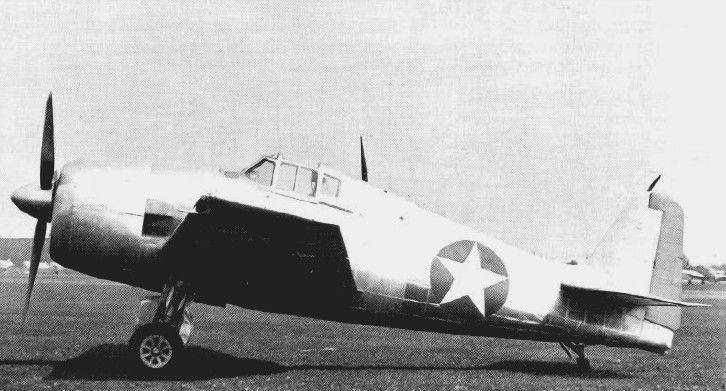
26 June 1942, less than a year after the start of the design work, the aircraft went on the first flight, which lasted 25 minutes. The car was piloted by a talented engineer and pilot, chief-pilot Robert Hull, who worked at the company with 1936. Flight tests revealed minor problems with road stability, which were quickly eliminated. The aircraft was distinguished by its ease of operation and remarkable landing characteristics. For its size and weight, the XF6F-1 had outstanding horizontal maneuverability. 7 January 1942, under the impression of the Pearl Harbor disaster, without waiting for the test to finish, the naval aviation command ordered Grumman to order a series of 1080 fighter jets F6F-1.
And yet there was clearly a lack of engine power: modern air combat required active offensive actions on verticals, but here the plane showed itself not in the best way — it was inert and sluggish. The air battles at Midway Atoll (3-6 June 1942) showed that in order to defeat the Japanese Zero fighter, the horizontal speed and climb rate must be higher than that demonstrated by the prototype XF6F-1. The low power of the aircraft required radical decisions: either install a more powerful engine, or significantly reduce the weight of the airframe and payload. The second option was strongly rejected by all participants in the project, since it meant a decrease in the strength parameters of the device and its combat qualities (flight range, armament and ammunition, armor, etc.).
Even during the design work on the XF6F-1, it became clear to William Schwendler that the car was too heavy. He suggested that the Wright R-2600 engine should be replaced by another Pratt-Whitney R-2800-10 Double Wosp with a starting capacity of 2028 l. with. (the same engine was installed on the prototype of the Corsair fighter). Leroy Grumman agreed with him and went with the proposal to the command of the Navy. However, the delivery of this engine was already painted for many months in advance, so the prospect of the new project of Grumman immediately acquired ghostly forms. The military insisted on using the Wright R-2600 engine, which was well mastered in production and was produced in sufficient quantities. Using his official and personal connections, the head of the company still managed to secure the delivery of the most powerful American air-cooling engine at that time for testing on the new fighter. Representatives of competing army aviation, who at the last moment refused to put into production the powerful liquid cooling engine of the Pratt-Whitney company in favor of the more promising R-2800, which unexpectedly solved the problem of increasing its output, became unexpected allies of Grummann on this issue. 3 June 1942 (before the first flight XF6F-1), the military "surrendered" and signed the decision to replace the engine.
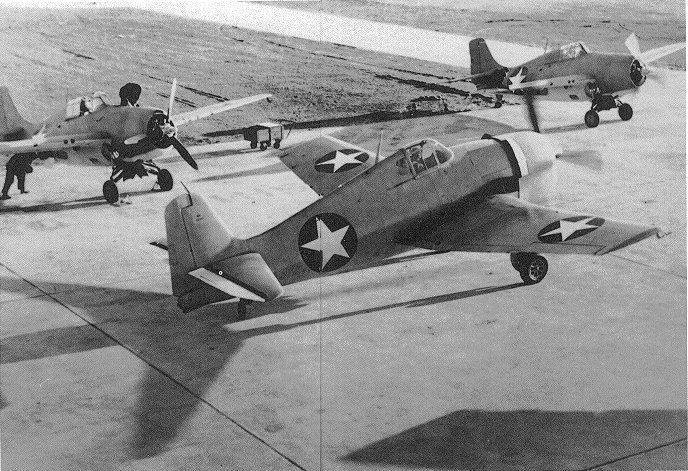
The installation of the Pratt-Whitney R-2800-10 “Double Wax” engine was performed on the second prototype XF6F-1 (the need for the Wright engine R-2600-15 disappeared) and 30 in July 1942 of Robert Hull for the first time (11 minutes) Robert Hulle for the first time (6 minutes) for the first time (1) him in the air. Its appearance did not differ much from the XF6F-3, except for the location of the air pressure receiver (the Pitot tube was moved from the top to the bottom of the right wing wing tip) and the reduced external removal of exhaust pipes. The aircraft received a new designation XFXNUMXF-XNUMX and the name "Hellcat" (witch, witch), and sharp-tongued mechanics gave the car its name - "aluminum tank".
Meanwhile, in the 4000 km from the events described, the American flying boat PBY "Catalina" made a regular patrol flight in the area of the small island Akutan, belonging to the Aleutian Islands group. Suddenly, the observer noticed an unusual object on the island. When the pilot descended and passed over a suspicious place, it turned out that an airplane was lying in a small bush, which was immediately identified as “Zero”. The coordinates of the crash site were immediately transferred to the base, and a few hours later a crew of mechanics arrived on the island.
In the cockpit was found dead pilot Tadeyoshi Koga, hanging on the seatbelts. As the experts found out, Koga died during a forced landing, which occurred due to an engine failure, one of whose fuel pipes was killed in a battle. The plane was almost intact. He was quickly taken apart and taken to California.
On a sunny morning of August 1942, a group of Grumman aeronautical experts gathered at a small airfield in San Diego to see the flight of the restored Zero fighter. The tests showed that the XF6F-3 "Hellcat" has the advantage in horizontal flight speed of almost 50 km / h (it was not necessary to speak about the speed of a dive), but according to other characteristics it is practically not inferior to a formidable opponent. Now Leroy Grumman was completely confident in the choice of the engine and the overall design concept of the new fighter.
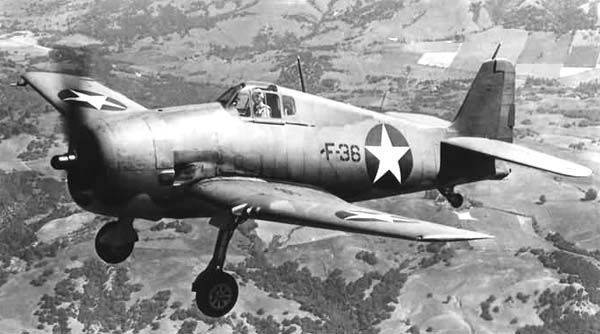
17 August 1942, the first prototype XF6F-3 crashed - after an engine failure (the oil system failed), the car had to be put on the stomach. The plane received minor damage, but it was decided to immediately modify it by equipping the Pratt-Whitney R-2800-27 with a single-stage two-speed supercharger. 3 October 1942, under the designation XF6F-4, he made his first flight. Subsequently, the supercharger had to be abandoned due to its insufficient reliability. The aircraft was armed with four Colt-Browning M20 2-mm cannon with 200 ammunition for shells per barrel and in this form was transferred to the military for testing. Tests carried out at the naval aviation test center showed that such an armament scheme does not give the “target” day fighter a tangible advantage over six large-caliber machine guns. True, it turned out that the guns were preferable for the night and assault versions of the aircraft, which required a large weight of a second volley. After conducting a full test cycle, XF6F-4 was remade into the F6F-3 version and sent to the drill unit.
After the crash of the XF6F-3 prototype and its conversion to XF6F-4, the first XF6F-1 prototype machine was re-equipped with the Pratt-Whitney R-2800 engine, bringing it to the XF6F-3 standard. 13 September 1942. The plane was lifted into the air. The only constructive difference from the first XF6F-3 was a slightly modified stabilizer. Later, work on this machine was stopped, and the aircraft under the designation F6F-3 with the Pratt-Whitney engine R-2800-10W was transferred to the warhead.
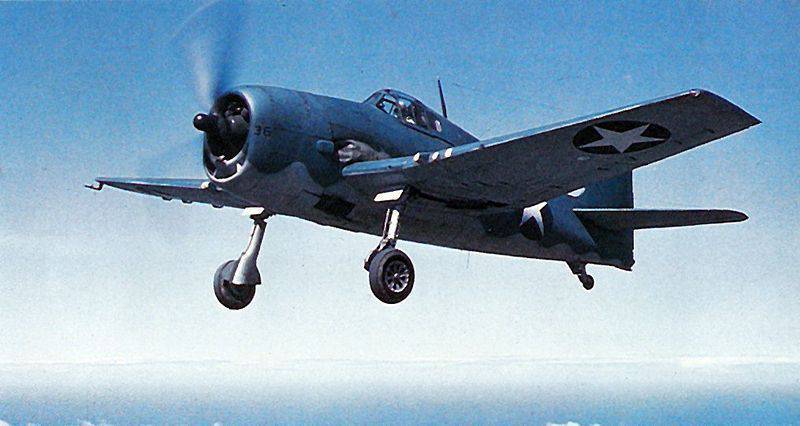
The first flights of the XF6F-3 prototypes were generally very successful (not counting the accident), although they did reveal a number of flaws. For example, the tail and wing flutter that occurred during a dive of an aircraft. They coped with this problem in an “administrative” way - they limited the speed of a dive to 845 km / h. Testers noted that the behavior of the machine with the released and retracted landing plates was very different.
Compared to Wildcat, the F6F-3 was faster on 96 km / h and had a third best climb rate. Especially, good handling and excellent landing characteristics were noted. This was very important, considering that a large number of young pilots who had just graduated from flight schools arrived at the fleet.
At the end of 1943, they recalled the modification of the XF6F-2, designed for testing high-altitude versions of the fighter. The lack of reliable turbochargers did not allow to seriously address this issue and the project implementation was constantly postponed. And only with the advent of the turbocharger, designed by the Swiss engineer Rudolf Birmann, who fled to the beginning of the war in America, the possibility of creating a high-altitude engine became real. 7 January 1944. Test pilot Carl Albert first flew an XF6F-2 into the air, equipped with a Pratt-Whitney R-2800-21 engine with a P14B turbo-compressor and a four-bladed propeller with a coc. As a prototype, serial F6F-3 was used. After successfully conducting tests, XF6F-2 was again remade to F6F-3 and sent to naval aviation. The high-rise version of the series did not go. The military considered that since the enemy has no aircraft capable of operating at high altitudes, then there is no need for such a fighter.
July 6 1944 of flight tested XF6F-6, which is a modified F6F-3, equipped with the engine Pratt & Whitney R-2800-18W (2100 l. C.) With direct injection and mixture vodometanolovoy chetyrehlopastnym propeller "Hamilton Standard." Two prototypes were built, one of which reached 6675 km / h at an altitude of 671 m. It was supposed to launch this aircraft into a series, but F4U Corsair showed the best performance with the same engine and the military command preferred it.
Series Modifications F6F-3
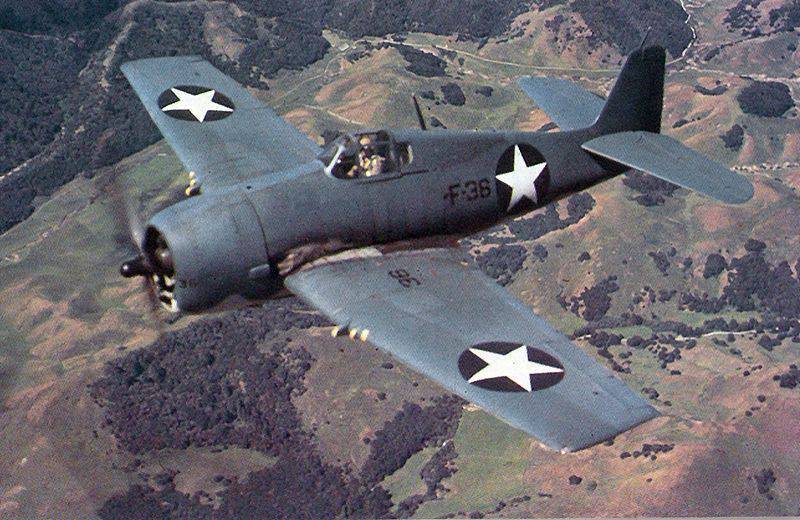
The naval aviation command was very pleased with the test results of the Hellcat, which showed excellent flight tactical performance. A serial production order for the first 184 F6F-3 Pratt-Whitney R-2800-10 “Double Wax” engine was signed in the middle of 1942. At the same time, the previous contract for the release of the upgraded Wildcat (F6F-1) was canceled.
For Leon Svirbula hard times have come. The production facilities of the firm, which were concentrated in Betpage, did not allow for the full-scale production of the Hellcat, since the Wildcats, Evengers and other aircraft of the company (the Weidgein and Guus flying boats) were assembled on the stocks. In August, 1942 began the construction of a new plant on Fr. Long Island (New York). A huge problem was to get steel for the installation of industrial buildings, the supply of which was strictly limited. Gained case: the city authorities put up for sale a railway overpass on Second Avenue and the remains of the exhibition pavilion. Their steel supporting structures and went to the construction of industrial buildings of the plant. Staff recruited from the street. Later, the head of the personnel department of the company Clark said: "Hellcats" were built by shoemakers. " Production began, without waiting for the construction of the roof, good clear, sunny weather contributed to this. The official opening of the plant took place 1 June 1942.

The tests of the first production aircraft began on October 4 1942. They were conducted by test pilot company Selden "Connie" Converse. During a test landing of one of the serial machines on an aircraft carrier, a brake hook was torn off, and a month later the tail section of another aircraft was destroyed. After reinforcement of the tail section, further tests passed without problems. High production culture and well-thought-out technology made it possible to rapidly increase the production of Hellcat. By the end of January, 1943 F12F-6 copies were released 3, in February - 35, March - 81 and April - 130. Series machines were equipped with a three-bladed propeller of variable pitch Hamilton Standard "Gidromatic" (the prototype had a screw company "Curtiss Electric"). They lacked the bow of the propeller and the guards and niches of the main landing gear were redone. In connection with the next reduction of the exhaust tailpipe, an engine hood was subjected to a slight rework. Airplanes of the first series were assembled in the Grumman workshops in Betpage, where the Wildcats were previously produced.
During serial production, a number of changes were made to the design of the aircraft:
- with 273 aircraft on the lower surface of the left wing of the wing installed landing lights (except night fighters);
- With the 910 serial aircraft, the antenna mast, located immediately behind the cockpit, was installed perpendicular to the axis of the aircraft. On the first 909 aircraft, the mast was tilted forward. The fairings of the two internal machine guns of each wing console are replaced by covers;
- with the 1265 of the aircraft there are no flaps of the engine cooling control system located in the lower part of the bonnet;
- with 1501 there are no convex stampings over the side exhaust festoons;
- with the 1900 of the aircraft, the R-2800-10W engine is installed with a water-methanol injection system;
- from the 2651 of the aircraft, the antenna mast is slightly shifted to the left from the axis of the aircraft (in the top view);
- with 3451 aircraft set holders for NURS.
Presumably, from this time the design of the cockpit canopy of the cockpit is changed. The former construction consisted of a frame, four plexiglass panels and one plate of armored glass 38 mm thick. Between the Plexiglas frontal panel and the bulletproof glass there was a gap, inside which warm air was forced to prevent the formation of ice. The new visor of the improved review consisted only of three transparent parts, and the frontal part was a bulletproof glass. A special liquid was used as anti-icing agent, which was sprayed onto the front part of the visor.
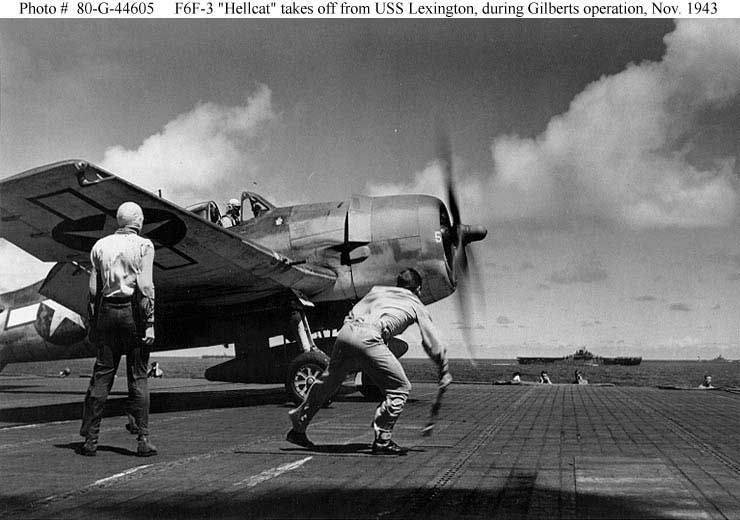
F6F-3 was not equipped with bomb rails and guides for rocket weapons, which caused criticism from the commanders of military units. These improvements were carried out directly in the combat units and naval aircraft repair workshops. Bomb racks for two 454-kg bombs were installed under the center-plane, and six to eight zero-launch installations for unguided HVAR rockets were installed under consoles.
Since January, 1944 60% aircraft F6F-3 were machines equipped with a Pratt-Whitney R-2800-10W engine with a direct injection of water-methanol mixture into the cylinders, which allowed for a short time (five minutes) to force the engine to 2231 HP. Since April, all serial copies of the F6F-3 were completed with this engine. The release of this modification was completed on 21 on April 1944. In total, a copy of F4401F-6 was built by 3, including all its modifications.
F6F-3N
At the beginning of 1941 in the USA, work began on the creation of a radar station intended for installation on a single-engine fighter. The radar, created at the Massachusetts Institute of Technology with the technical assistance of the British, received the designation AIA. After the upgrade, it was renamed Sperry AN / APS-6. The weight of the device was about 113 kg, and the main weight fell on the receiving-transmitting unit and the search antenna.
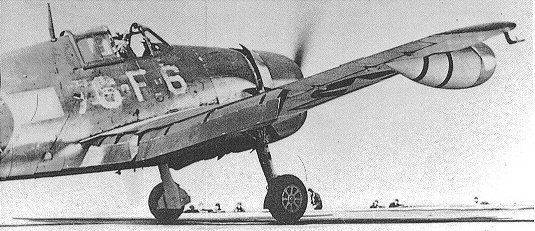
At the beginning of 1943, the naval aviation command offered Grumman to finalize one of the serial F6F-3 in the version of the night fighter and install the AN / APS-6 radar on it. 3 June 1943 The test of the prototype XF6F-3N with a radar mounted in a dielectric nacelle mounted on the front edge of the right wing of the aircraft began at the Naval Aviation Test Center at Quonset Point. Night version of the fighter equipped with a dashboard with a red anti-glare illumination. The front part of the lantern was equipped with armored glass. The aircraft was additionally equipped with an AN / APN-1 radio altimeter, an IF / AN / APX-1 IFF identification system, a landing light and an instrument panel with a radar screen. Two marks were visible on the screen, one of which indicated the distance to the target, and the second - the position of the target relative to its own aircraft. The range of reliable detection by the radar of a bomber was vertically 122 m, and horizontally from 7,2 to 8 km. Installation of instruments reduced the speed of the machine at 32 km / h. All electronic equipment was equipped with a liquidation system, which was activated by a pilot in case of a threat of an enemy taking over the plane. One of the F6F-3N was equipped with a powerful searchlight mounted on the left console symmetrically to the radar. Interestingly, simultaneously with the Hellcat at Quonset Point, the F4U-2 Corsair, equipped with the same radar, was also tested.
It was assumed that half of the total number of aircraft F6F-3 will be produced in the version of the night fighter, but due to the insufficient number of radar produced and the lack of trained pilots of the relevant specialization (training lasted 29 weeks), the F6F-3N modification was discontinued after the production of 205 serial machines .
F6F-3E
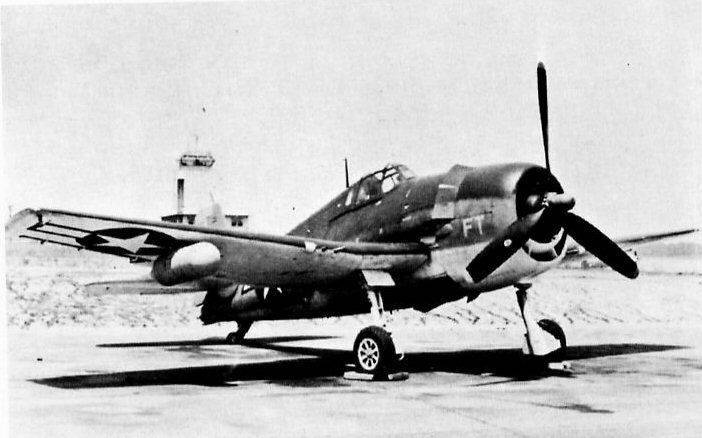
This version of the night fighter was equipped with Westinghouse AN / APS-4 radar. Compared to the radar model described above, the AN / APS-4 was lighter on the 30 kg, had a more extensive horizontal search area and a more narrowed vertical area. Problems with displaying the target on the dashboard screen forced us to abandon the use of this aircraft as a night fighter and in combat conditions it was used as a night attack aircraft. A total of 18 machines of this modification were built.
F6F-3P
By order of the naval aviation command, a number of serial machines were modified into a photo reconnaissance version by installing two cameras, one of which (panoramic long-focus) was mounted on the left side of the fuselage in the rear edge of the wing, and the other side of the fuselage. The standard combination was the 304,8-mm vertical and 609,6-mm panoramic cameras.
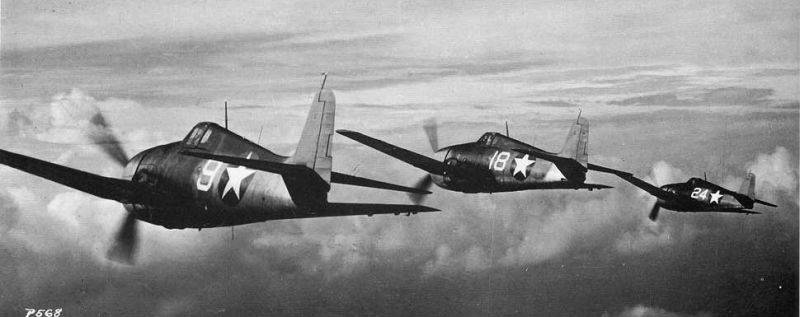
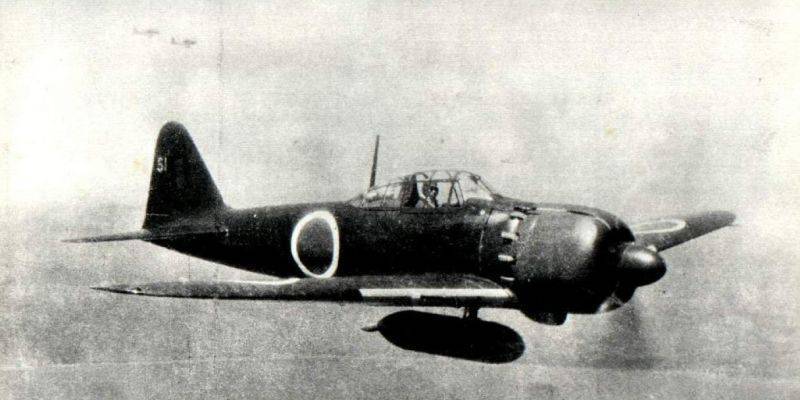
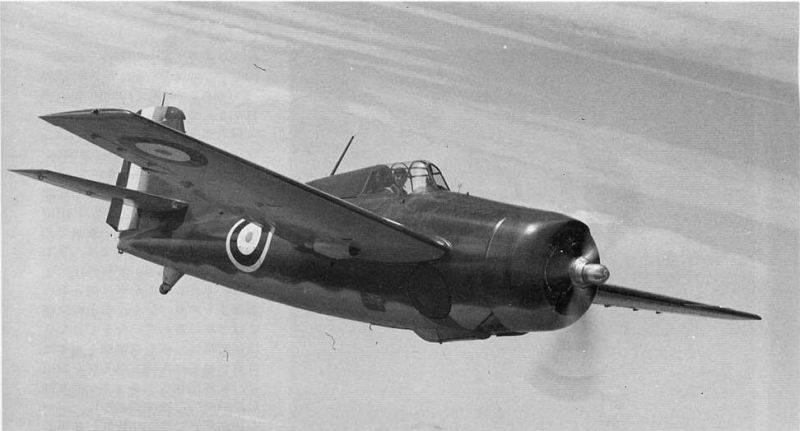
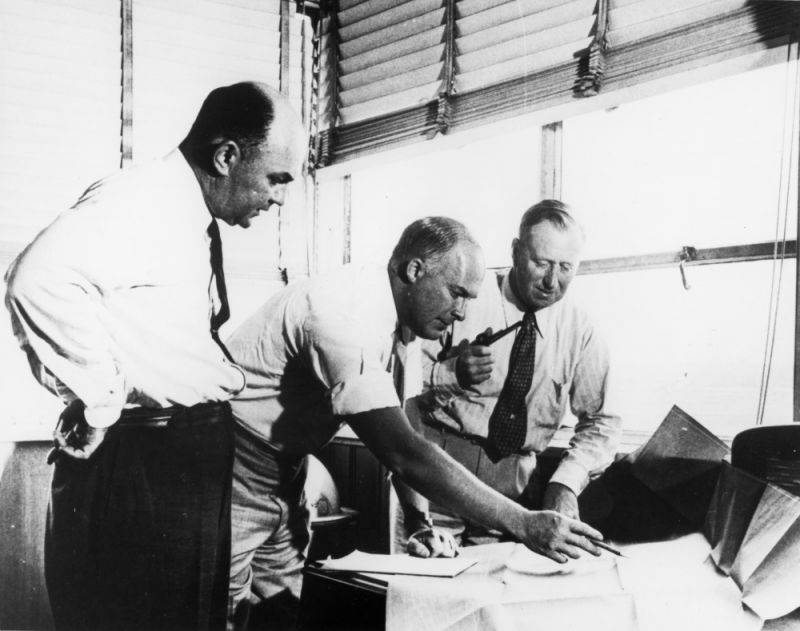
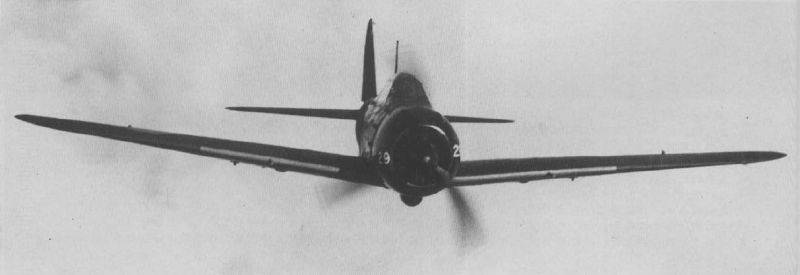
Information